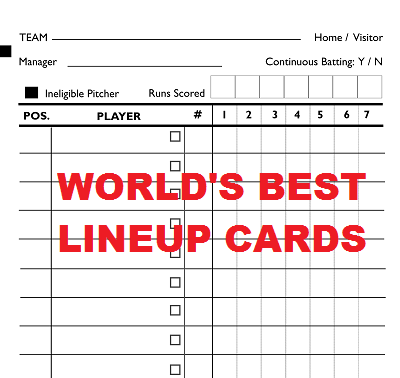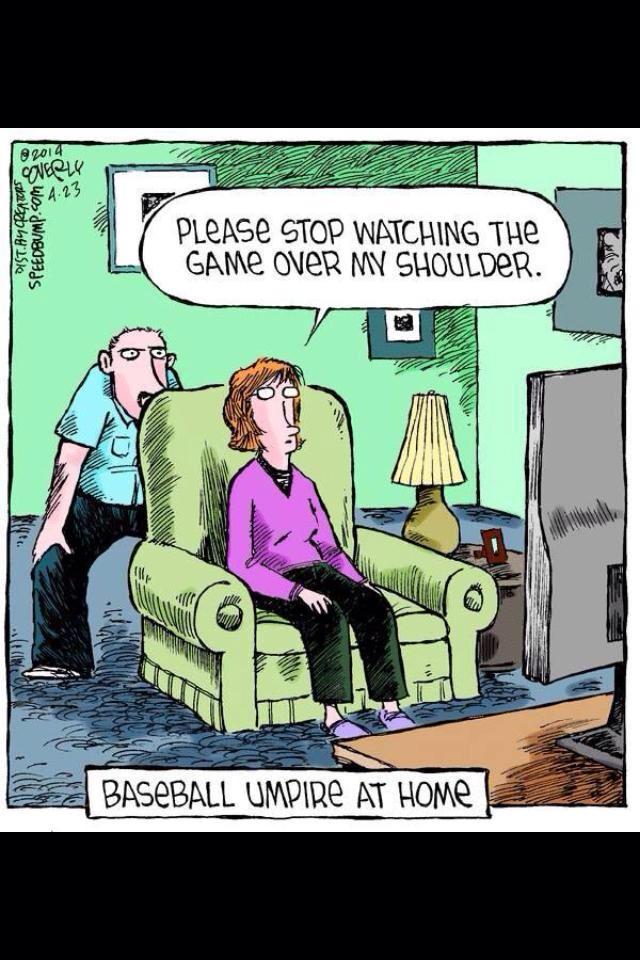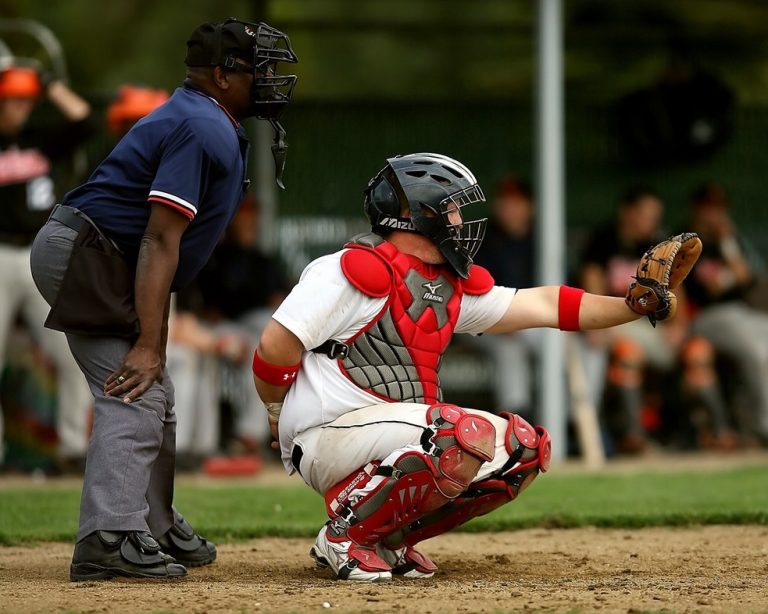World’s Best Lineup Cards
[et_pb_section bb_built=”1″ admin_label=”section”][et_pb_row admin_label=”row”][et_pb_column type=”1_3″][et_pb_blurb admin_label=”Blurb” title=”Simple to Use” use_icon=”on” font_icon=”%%58%%” icon_color=”#e02b20″ use_circle=”on” circle_color=”#1003a0″ use_circle_border=”on” circle_border_color=”#7EBEC5″ icon_placement=”left” animation=”off” url_new_window=”off” background_layout=”light” text_orientation=”left” use_icon_font_size=”off” use_border_color=”off” border_color=”#ffffff” border_style=”solid”] [/et_pb_blurb][/et_pb_column][et_pb_column type=”1_3″][et_pb_blurb admin_label=”Blurb” title=”Designed by Umpires” use_icon=”on” font_icon=”%%58%%” icon_color=”#e02b20″ use_circle=”on” circle_color=”#1003a0″ use_circle_border=”on” circle_border_color=”#7EBEC5″ icon_placement=”left” animation=”off” url_new_window=”off” background_layout=”light” text_orientation=”left” use_icon_font_size=”off” use_border_color=”off” border_color=”#ffffff” border_style=”solid”] [/et_pb_blurb][/et_pb_column][et_pb_column type=”1_3″][et_pb_blurb admin_label=”Blurb” title=”Reflects the Rules” use_icon=”on” font_icon=”%%58%%” icon_color=”#e02b20″ use_circle=”on” circle_color=”#1003a0″ use_circle_border=”on” circle_border_color=”#7EBEC5″ icon_placement=”left” animation=”off” url_new_window=”off” background_layout=”light” text_orientation=”left” use_icon_font_size=”off” use_border_color=”off” border_color=”#ffffff” border_style=”solid”] [/et_pb_blurb][/et_pb_column][/et_pb_row][et_pb_row admin_label=”Row”][et_pb_column type=”1_2″][et_pb_text admin_label=”Text” background_layout=”dark” text_orientation=”left” use_border_color=”off” border_color=”#ffffff” border_style=”solid”]
I get it .. All lineup cards are the same, Right? NOPE!
Since it is a really simple thing – just a list of players – most lineup cards are simple too. Just a list of players, maybe their number and position and some space to put substitutes’ names when changes are made to the lineup. But, umpires are supposed to be making sure more details are shared and correctly accounted:
Several lineup changes umpires watch for include:
- New batters,
- Player substitutions,
- Pitching changes,
- Coaching visits, and
- Pinch runners.
Here at UmpInfo, we offer these custom-designed lineup cards for youth sports to make your umpires more easily track these things and spend less time doing it! So let’s go over some of these features.
CHANGES MADE BY INNING
(the 7×16 Grid)
The primary feature of the Ump Performance lineup card is the 7 inning x 16 player grid. This allows you to make the change in the exact inning in which a change is made. So, if #8 went in for #18 in the 3rd inning. Then … Just write-in “8” in the 3rd inning on Player 18’s line. Easy right?
What if the change is made on defense? Just circle it … When Coach tells you, “I’m replacing the left fielder” who will bat in his place. Simply make the change as before and circle the player’s number. That makes it easy enough, right?
Monitor Pitching Changes
In the “Pitchers” section. You can easily monitor your pitchers to keep them safe – and legal. With the starting pitcher, the name and age can easily be recorded. Get the pitcher’s age and add a “1.0” for inning and you are ready to start the game.
If Coach goes out to visit. Simply indicate that visit under the pitcher’s column on your ‘card’. Same for second and/or third.
If a pitching change is made, all you need is the new pitcher’s number and age. Write this down, indicate the inning inning (for example: if is the 4th inning with one out, write “4.1”). In some youth sports, pitchers are limited to a certain number of pitches based on age. Therefore, when you give the new pitching info to scorekeeper, ask for number of pitches for previous pitcher. You are now done with the pitching change and have everything in one easy section should anyone ask after the game (i.e., your assigner or umpire in chief).
Identify Ineligible Pitchers
In your plate meeting, you should ask, “Are all your pitchers eligible to pitch?” With the checkbox next to each player, umpires and coaches can easily identify which pitchers are eligible to pitch. With the check boxes, it takes all of 1.5 seconds to ask, “Everyone eligible to pitch?” and then check those not eligible….and everyone including the scorekeepers and opposing managers will know who is (and not) eligible to pitch.
Other Youth League Oddities
Since they were designed for youth leagues, including Little League, there are a few other rules to track:
- Continuous Batting Order (CBO): If the team is using CBO, it can be identified at the top by circling the “yes”. Then. all of the players will be listed in order. The 7×16 grid is unneeded.
- Special Pinch Runner: Little League only allows one per inning, and a player can be run for only once. Therefore, it’s easy enough to do on these. Simply place an asterisk (*) in the correct spot on the sub grid and write in the number of the pinch runner in the space provided below.
- Offensive Visits: The offense only gets one offensive visit per inning. Once granted. Simply cross off the box in the correct inning.
There you go… these lineup cards are simply better and easier to use. You can buy them in the store today!
[/et_pb_text][/et_pb_column][et_pb_column type=”1_2″][et_pb_image admin_label=”Image” src=”https://umpinfo.com/wp-content/uploads/lineup.jpg” show_in_lightbox=”on”] [/et_pb_image][et_pb_text admin_label=”Text”]  [/et_pb_text][/et_pb_column][/et_pb_row][/et_pb_section]
[/et_pb_text][/et_pb_column][/et_pb_row][/et_pb_section]






